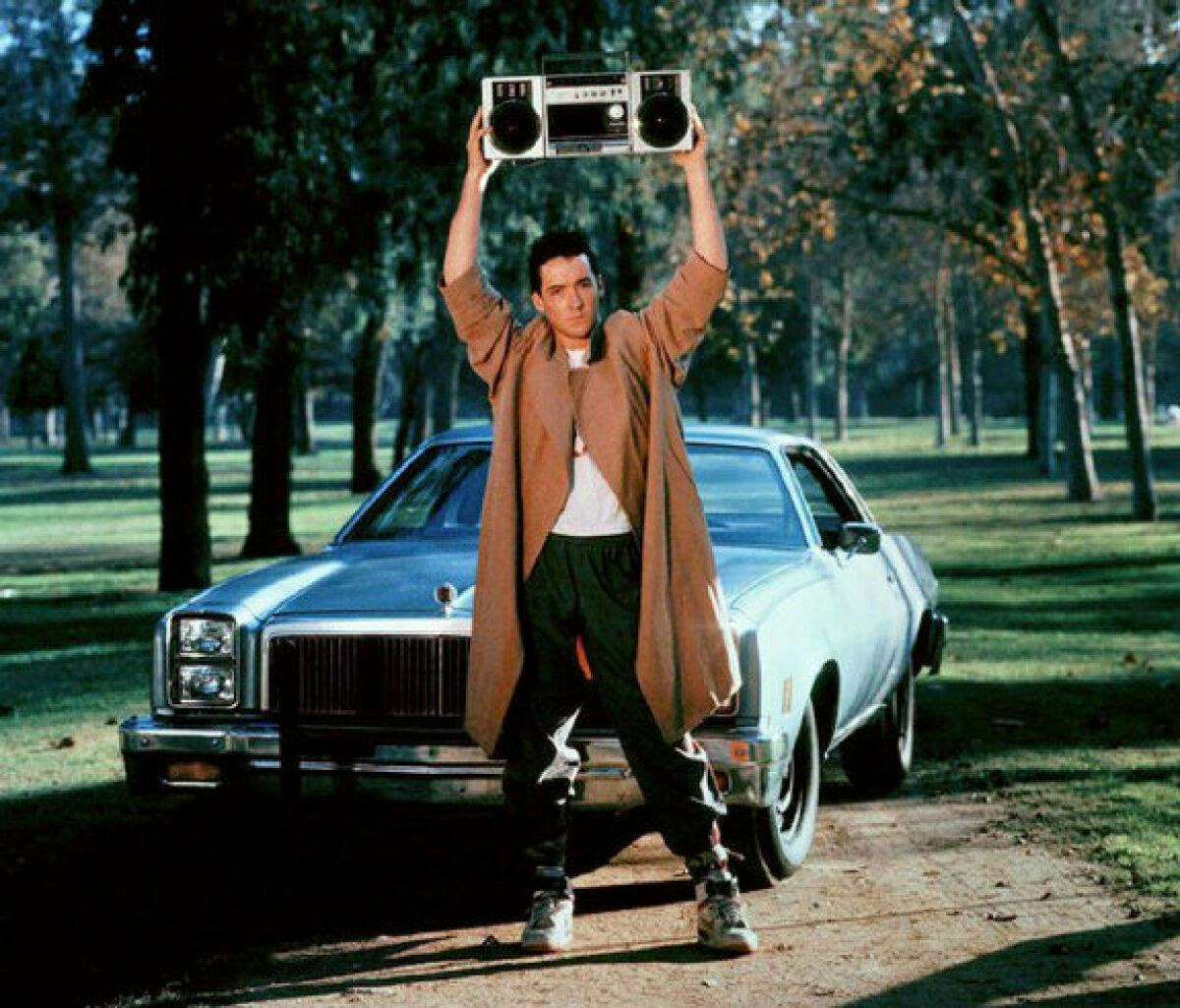
Musicians often love enigma. Strange metaphors, tricky phrases, obscure references . . . these can all heighten the mystery surrounding an artist’s persona. Whether toying with obscure ideas is artistic or purely to amplify allure is not for me to say concerning any particular artist. What cannot be disputed is that in addition to these paradoxes created by artists, there are also plenty of peculiar phenomena that transcend into the realm of uncontrived mystery.
- The Disappearance of Richey Edwards
The Manic Street Preachers formed in Wales, 1986. Two years later the original bassist left the band citing that the group was moving away from its punk roots. Enter Richey Edwards. He was not a new face – Edwards had served as a roadie for the band and member Nicky Wire had known him since childhood – but the addition of Edwards as a full-fledged band member radically changed the group’s dynamic.
Edwards was not really a musician. He was technically a guitarist, but singer James Bradfield recorded all guitar parts in the studio and Edward’s amplifier was often turned almost silent during live shows. What Edwards became, however, was the stylistic and ideological force behind the band. He wrote most of the band’s lyrics, controlled their media image, and used his striking appearance and mannerisms to enchant audiences. On stage, his purpose was not to be heard, but to be seen. These characteristics built Edwards a cult following among “Manics” fans that has persisted through time.
From the beginning, though, Edwards was a troubled person. He struggled with substance abuse and self harm. In interviews he divulged that he was a deeply unhappy person who was not comfortable with other people or relationships. Many of his lyrics reflect his bleak and nihilistic views of the world. Nevertheless, it came as a shock when Feb. 1, 1995, Edwards vanished. The day he disappeared he was scheduled to fly to America for a promotional tour. That morning he withdrew £2,800 from his bank account and checked out of his hotel at 7 a.m. Two weeks later his car was discovered abandoned at a service station. It is possible that Edwards committed suicide, but a body was never found. A toll booth receipt confirms that he crossed the Severn Bridge, near where his car was found, but nothing more remains of the artist except for memories, music, and rumors of sightings all over the globe, from Goa, to the Canary Islands, to the Newport Public Library.
- Who is Harumi?
In March, 1968 a album called Harumi was released by an artist of the same name – that is essentially the end of the story. What I mean is that Harumi did not tour or release any more music. Aside from one appearance on The Music Factory – a radio show, meaning his face was not seen – where he mentioned the intention of a tour which did not come to fruition, Harumi has been silent. As a result, nobody knows exactly who he is. The album sleeve credits Harumi with all of the compositional work, but contains little information . . . certainly not enough to track the actual person down.
Okay, so an underground artist makes one album that sort of flops and then doesn’t release any work again . . . why is this strange? Harumi is distinct from your average local band that never makes a name because one of only three names listed on the album is producer Tom Wilson. Prior to when he would have worked on Harumi, Wilson had produced albums with Bob Dylan, Simon and Garfunkel, Frank Zappa, the Velvet Underground, and more. It wasn’t like anyone in the area could phone the guy up and work with him. How did this unknown artist get the service of a legendary producer? Furthermore, Wilson never revealed much about Harumi later on, nor did other artists that Wilson produced who presumably could have met him on some occasion.
The album is not some one-off, disappointing work either. Frank Zappa described it as a “flower-power anthem” whether you take that as good or bad. Following years in the dark the album has gained respect upon rediscovery by internet rare-music enthusiasts. How did an unknown artist get a notable producer to work on his first album? Why didn’t Harumi tour or produce more work? Why have those in the know been reticent to speak of the incognito artist?
- Compositions Penned by Ghosts
Rosemary Brown, born in England, 1916, claimed that when she was seven a man with long white hair appeared to her, said that he was a composer, and foretold that he would one day make her a famous musician herself. It was not until 10 years later that she saw a picture of that man and realized it was Franz Liszt. Still, it was not for another 40 years that the man fulfilled his promise.
Beginning in 1964, Brown claimed, dead composers would appear to her and guide her in transcribing new pieces they had written. These famous men (they were all male) included Mozart, Bach, Rachmaninov, Brahms, and more. Chopin pushed her hands to the correct keys. Schubert sung his compositions to her. This would be an obvious case of trickery if it weren’t for two details: the pieces actually sound like something the composers would have written and Brown was trained on the piano only to the extent of a few lessons. Late composer Ian Parrott argued that Brown did not possess the knowledge to fake what she transcribed. Parrott argues that her lack of formal training actually assisted the spirits in making her a conduit because she did not have classical training and did not view music through formal constructs, meaning that she did not have a store of musical ideas and theories that would have impeded the posthumous muses.
Of course, many did not believe her. Arguments that she could have lied about her lack of training cannot be concretely disputed. If she was actually highly trained, nonetheless, it would still be an impressive feat to have so accurately impersonated the work of many legendary musicians with different styles. If she was capable of such refined composition without a guide, why didn’t she write any music to her own credit? Another argument points out that none of the musicians Brown communicated with spoke English. Brown claimed that the spirits spoke to her in English. Skeptics sneered at the convenience.
Regardless of whether or not you believe that Brown was a medium, Liszt definitely held up his end of the bargain – Brown became famous. She appeared on multiple television shows and the music she channeled has been performed at events such as the London Contemporary Music festival and by respected performers such as Peter Katin. Even if these works are not by the composers themselves, they are certainly the closest thing possible. Studies have been done by musicians, PhD students, and more . . . Brown’s pieces give every impression of having been composed by the people she claims. At the very least they are impressive feats of musicianship, at most music transcending death.















